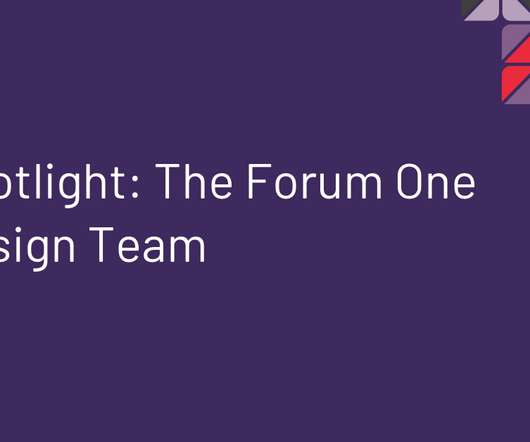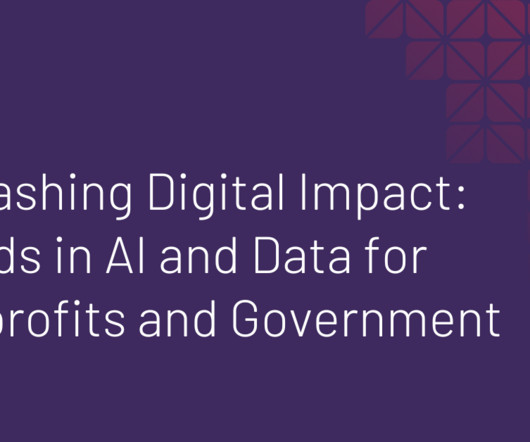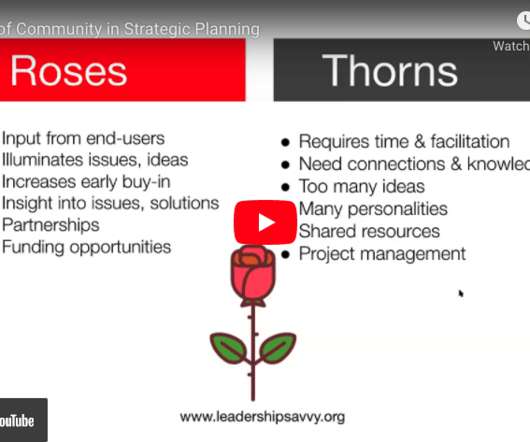Participatory Grantmaking: I’m in! Now what?
sgEngage
OCTOBER 17, 2022
You’ve read about participatory grantmaking—and maybe even heard about other organizations using this model to distribute control of their funding strategy and grants decisions to the communities they serve. Not sure if participatory grantmaking is for you or maybe you need a refresher on what it is? Is this you?






























Let's personalize your content